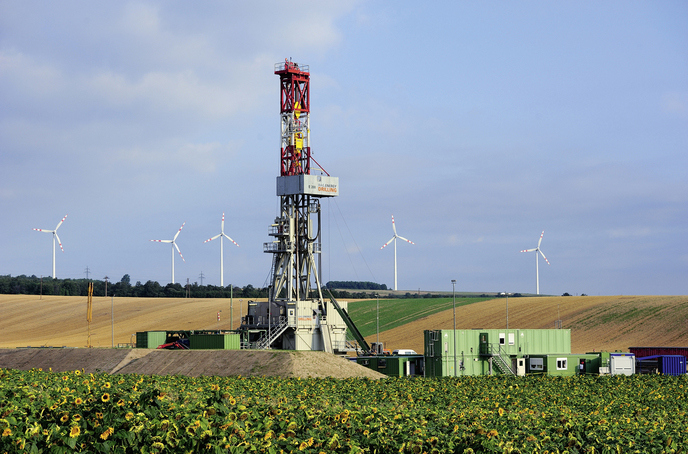Alternative drilling technology for deep geothermal applications
Europe’s dependence on non-EU sources of gas creates risks for the EU’s energy security. One possible solution for easing this dependence is the use of geothermal energy for heat and electricity. “The use of geothermal energy as a renewable resource is a fundamental prerequisite for ensuring a secure and sustainable energy supply in Europe,” says Karin Rehatschek from Montanuniversität Leoben in Austria. Rehatschek is the coordinator of the EU-funded ThermoDrill project, which developed an innovative deep drilling technology for accessing geothermal energy.
Breaking through strong rock formations
Enhanced geothermal systems (EGSs) have the potential to become a cornerstone of Europe’s future renewable energy strategy, providing baseload energy 24 hours a day with near-zero carbon emissions. Already, the 24 MWth geothermal plant in Rittershoffen, France supplies process heat to a nearby industrial site, while a plant in Insheim, Germany, supplies 8 000 households with electrical power. But before EGSs can be scaled up, the cost of drilling must come down. “Most geothermal sources lie at depths ranging from 3 000 to 5 000 metres below the surface and typically under hard rock formations,” explains Rehatschek. “As drilling costs rise exponentially with increasing depth, they represent the main cost drivers of geothermal plants – often accounting for more than half of all investment costs.” To overcome this potential roadblock to harnessing the potential of EGSs, the ThermoDrill project developed a hybrid drilling technique that combines standard rotary drilling with water jet cutting. The high-pressure water jet, which is placed directly above the drill bit, pre-damages the rock on impact. This makes it significantly easier for the drill to penetrate the rock, thus increasing the overall efficiency of the drilling process.
Enormous potential
Final field tests, which were conducted in a 1.3 km deep borehole in Austria, confirmed that the ThermoDrill technique can at least double drilling speed. “ThermoDrill’s enhanced effectiveness will lower drilling costs considerably, which in turn will lead to a reduced overall capital expenditure and thus much-improved economics of the entire geothermal project,” says Rehatschek. The ThermoDrill system can be fully integrated with existing drilling infrastructure and technology, thereby boosting acceptance of its deployment as a market-ready system in the future. With the ThermoDrill system, the consortium estimates that cost savings of approximately 20 % can be achieved for one deep borehole (5 000 m). This amounts to around EUR 3 million. “Future advancements will bring this drilling technology to market-readiness, thereby paving the way for intensified utilisation of geothermal as an environmentally friendly alternative energy source throughout Europe – and even globally,” concludes Rehatschek.
Keywords
ThermoDrill, geothermal energy, enhanced geothermal systems, renewable energy, sustainable energy, drilling

